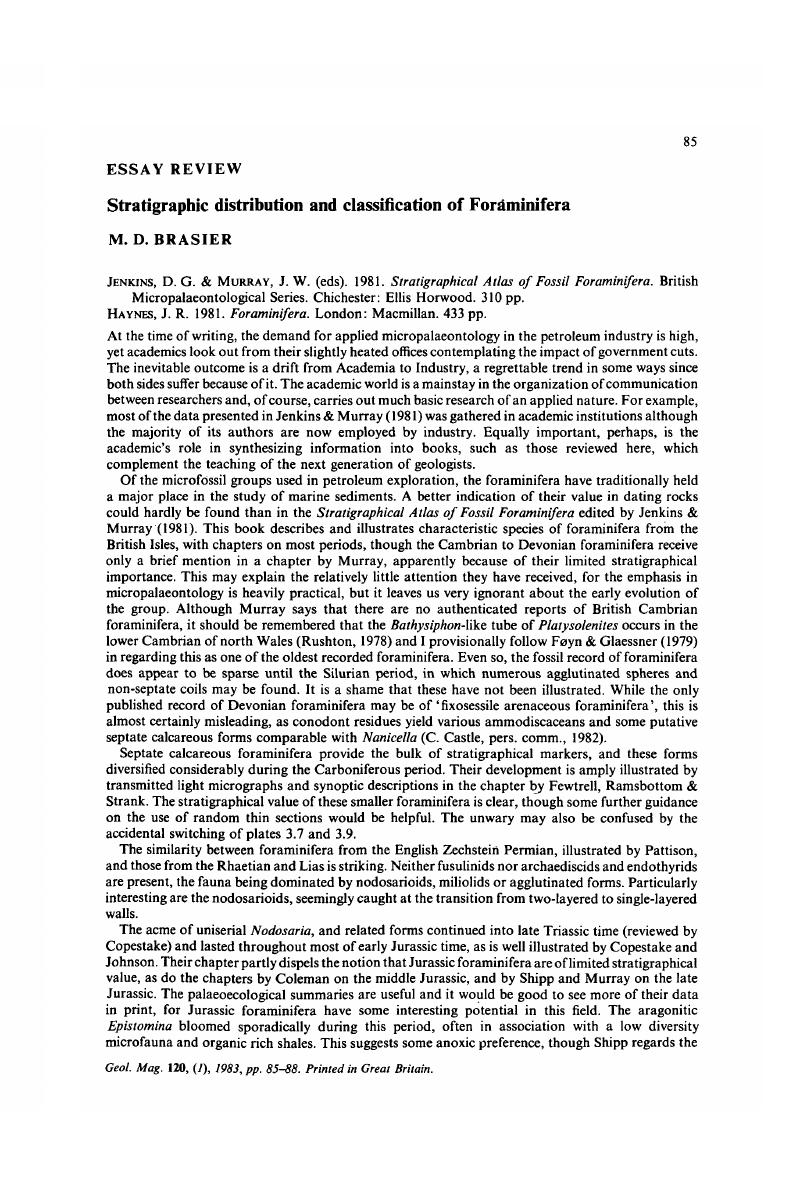Loeblich, A. R. &
Tappan, H. 1964. Protista 2. Sarcodina, chiefly ‘Thecamoebians’ and Foraminiferida. In
Treatise on Invertebrate Paleontology part C,
2 vols (ed.
Moore, R. C.).
Geological Society of America and University of Kansas Press.
Google Scholar 